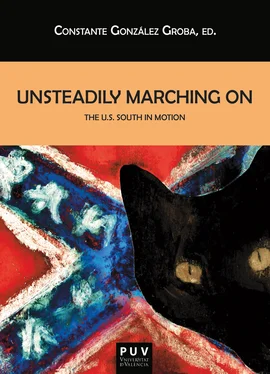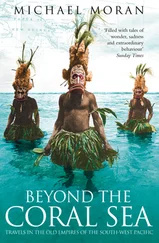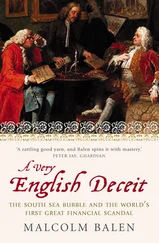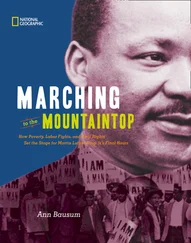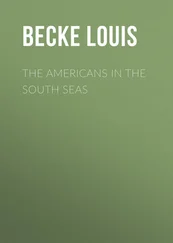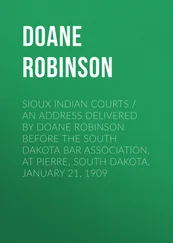UNSTEADILY MARCHING ON
THE U.S. SOUTH IN MOTION
Biblioteca Javier Coy d’estudis nord-americans
http://www.uv.es/bibjcoy
Directora
Carme Manuel
UNSTEADILY MARCHING ON
THE U.S. SOUTH IN MOTION
Constante González Groba, ed.
Biblioteca Javier Coy d’estudis nord-americans
Universitat de València
Unsteadily Marching On: The U.S. South in Motion
©Ed. Constante González Groba
La preparación y publicación de este libro
han sido posibles gracias a la financiación
del MINECO (proyecto FFI2010-17061)
1ª edición de 2013
Reservados todos los derechos
Prohibida su reproducción total o parcial
ISBN: 978-84-9134-148-2
Imagen de la portada: Sophia de Vera Höltz
Diseño de la cubierta: Celso Hernández de la Figuera
Publicacions de la Universitat de València
http://puv.uv.es
publicacions@uv.es
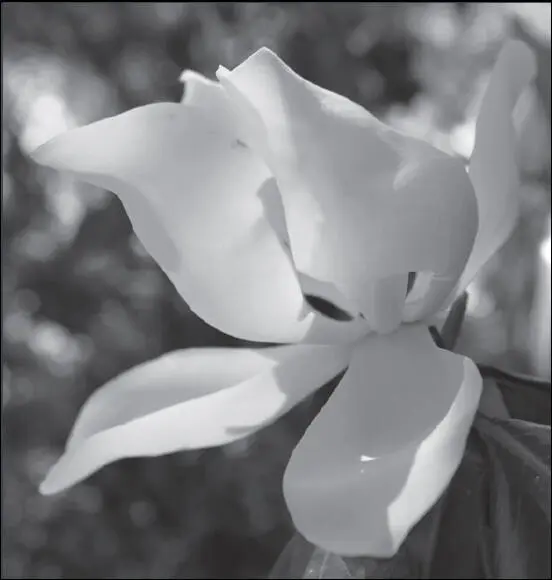
Contents
Acknowledgments Acknowledgments The biennial conference of the Southern Studies Forum, “Southern Destinations / The South in Motion,” could not have taken place without the generous financial support of the Spanish Ministry of Science and Innovation (reference FFI2011-13439-E). The conference was organized by the research group LITCULUSA which is funded by the University of Santiago. Special thanks go to the cultural section of the US Embassy in Madrid for their generous financial assistance that made possible the presence of Bobbie Ann Mason. This book is dedicated to the memory of Noel Polk, who showed us the way.
Introduction
Constante González Groba
I. INWARD JOURNEYS
Mister M, Mister I, Mister SSI
Bill Lazenbatt
From Space to Self: Will Barrett’s Travels in Walker Percy’s
The Last Gentleman Gérald Préher
Leaving New York: The Post-9/11 South in Reynolds Price and Jay McInerney
Thomas Ærvold Bjerre
II. ON THE ROAD AGAIN WITH CORMAC McCARTHY
Cormac McCarthy and the Craftsman Hero
Robert Brinkmeyer, Jr.
The Moveable South: Plantation Memory in Cormac McCarthy’s The Road
John T. Matthews
“Man delights not me”: Blood Meridian and the Apocalypse
Jan Nordby Gretlund
Suffer Little Children: McCarthy’s Lazarillos and the Ordeal of Mobility in the Southern Canon
Jacques Pothier
III. MOVING ACROSS GENRES: LITERATURE AND FILM
Jason as Cajun Saint: The Sound and the Fury on Film
M. Thomas Inge
A Culinary Journey across the Color Line: Foodways and Race in Southern Literature and Motion Pictures
Urzsula Niewiadomska-Flis
Elvis Culture(d), or How the South Got Democratized
Beata Zawadka
IV. MARCHING AS A POLITICAL STATEMENT: THE CIVIL RIGHTS MOVEMENT
Gone to Washington: Mobilizing the 1968 Poor People’s Campaign
Elizabeth Hayes Turner
Progressive White Catholics in the South and Civil Rights, 1945-1970
Mark Newman
Turning South Again: Conjuring Mississippi’s Freedom Summer in Sans Souci, Trinidad
Sharon Monteith
The Intersections of History and Fiction in Thulani Davis’s 1959
Youli Theodosiadou
V. RELIGIOUS PEREGRINATIONS
From the Old South to the New: The Tansformation of Southern Religion
David Goldfield
The Hard Road to Salvation: Southern Fundamentalism in Peter Taylor’s “The Hand of Emmagene”
Ineke Bockting
VI. INROADS AND OUTROADS
Once Upon a Doctor’s Life: Abraham Verghese’s Coming of Age in East Tennessee in the Era of AIDS
Nahem Yousaf
The Haitian Connection and the Burden of Southern History in Connie May Fowler’s Sugar Cage
Suzanne W. Jones
A Fast Journey from the Slow South: Mobility and Identity in Chris Offutt’s The Good Brother
Marcel Arbeit
Transcending Southern Borders – Writing Home from Europe
Waldemar Zacharasiewicz
African Americans Moving from the South to the Non-South (1916-1918)
Valeria Gennaro Lerda
Contributors
Acknowledgments
The biennial conference of the Southern Studies Forum, “Southern Destinations / The South in Motion,” could not have taken place without the generous financial support of the Spanish Ministry of Science and Innovation (reference FFI2011-13439-E). The conference was organized by the research group LITCULUSA which is funded by the University of Santiago. Special thanks go to the cultural section of the US Embassy in Madrid for their generous financial assistance that made possible the presence of Bobbie Ann Mason.
This book is dedicated to the memory of Noel Polk,
who showed us the way.
Introduction
Constante González Groba
This volume presents a selection of papers from the biennial conference of the Southern Studies Forum, held at the University of Santiago de Compostela in September 2011. It seemed a good idea to all the members of the executive board to choose motion and travel as the conference theme, a theme broad enough to allow different paths of approach for both historians and literary critics. Santiago is, after all, one of the most famous places in the world for the ars peregrinandi . Known for El Camino , The Way, Santiago is the final destination of different routes for pilgrims to approach by foot, by bicycle or on horse, a journey of outer and inner exploration in search of answers to the most profound mysteries of existence. The reasons for the pilgrimage can be secular or religious, and each one finds his or her own motivations in anguished soliloquies along the way or in dialogue with fellow travelers. Thus, Santiago is for many a destination which represents a new beginning, a soil in which to sow the seeds for regeneration. Santiago is also the capital of Galicia, a traditionally poor region that for centuries has seen many of its sons and daughters migrate to other parts of Spain, as well as to other countries and continents, in search of a better life.
One of the stereotypical features of the US South has always been its supposed nostalgia for the Old Order and its resistance to the national narrative of historical progress, but it is change that constitutes life, and the South has always been moving and changing, though in its own distinctive way. In a piece published in the New York Times on April 29, 2007, the Appalachian writer Lee Smith lamented the arrival of change in the town of Hillsborough, North Carolina, where she resides “in an old house on the main street.” It is still very much of a rural place, “but things have been changing ever since the Old South turned into the Sun Belt and, even more so, since Money magazine wrote up our area last year as one of the five best places in America to live.” The piece expresses concern over the threat of progress to the traditional, family-owned businesses and the vibrant life in the streets where everybody knows each other, as well as the difficulty of creating a sense of belongingness for everybody, “especially everybody in the big new suburbs outside town.” But if such changes in our liquid, postmodern society are unstoppable, and risk destabilizing our identity, it is no less true that places have always changed, all places, that inherent to the passage of time is the process of constant change. Smith does not seem to see the irony implicit in the fact that the “authenticity” touted by the town’s mayor is the product of the superimposition of different layers of development corresponding to successive phases in the town’s history; the romanticized “authenticity” derives precisely from the place’s “strong heritage—from Occaneechi Native American roots to its Revolutionary and Civil War history, to the jazz singers, mill workers and farmers of the last century” (“The South”). The identity of every place, even the one we call “home,” is always to some degree provisional, and is continuously being produced, and the past was never more static than the present. The irreparable loss of traditions associated with a central relation to the land forces people to seek new definitions of fundamental concepts such as home, community, and family.
Читать дальше
